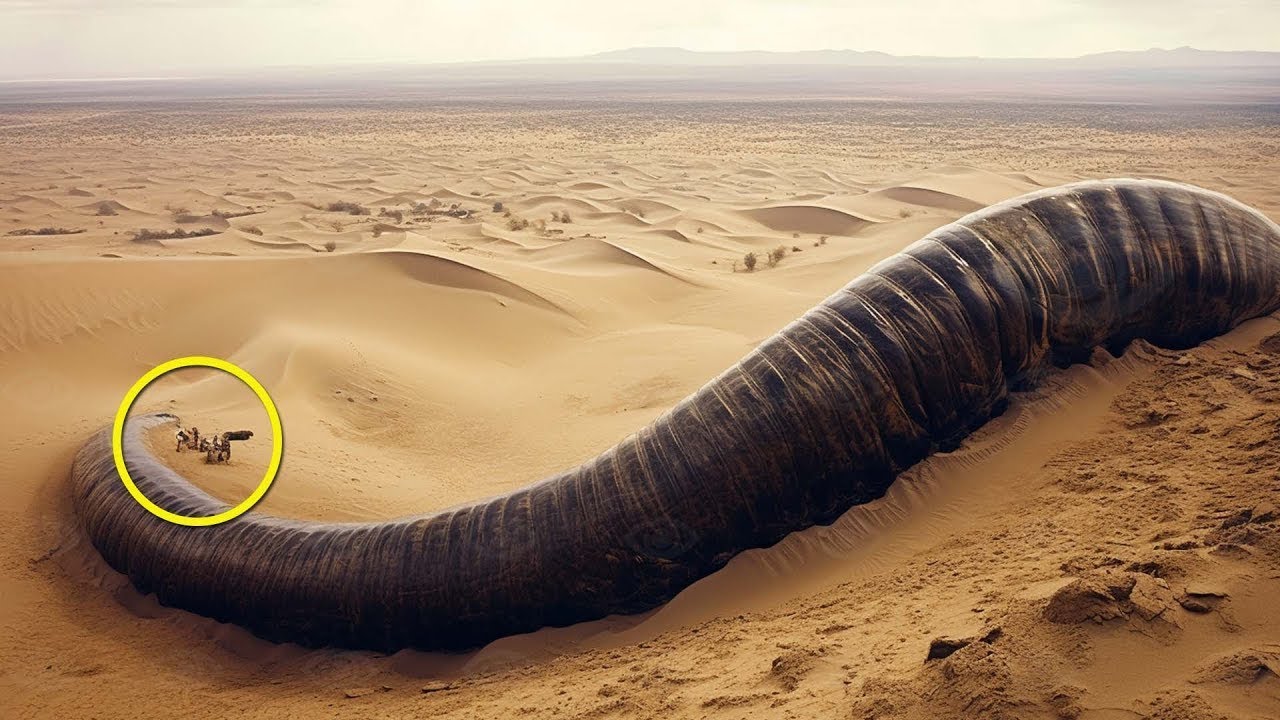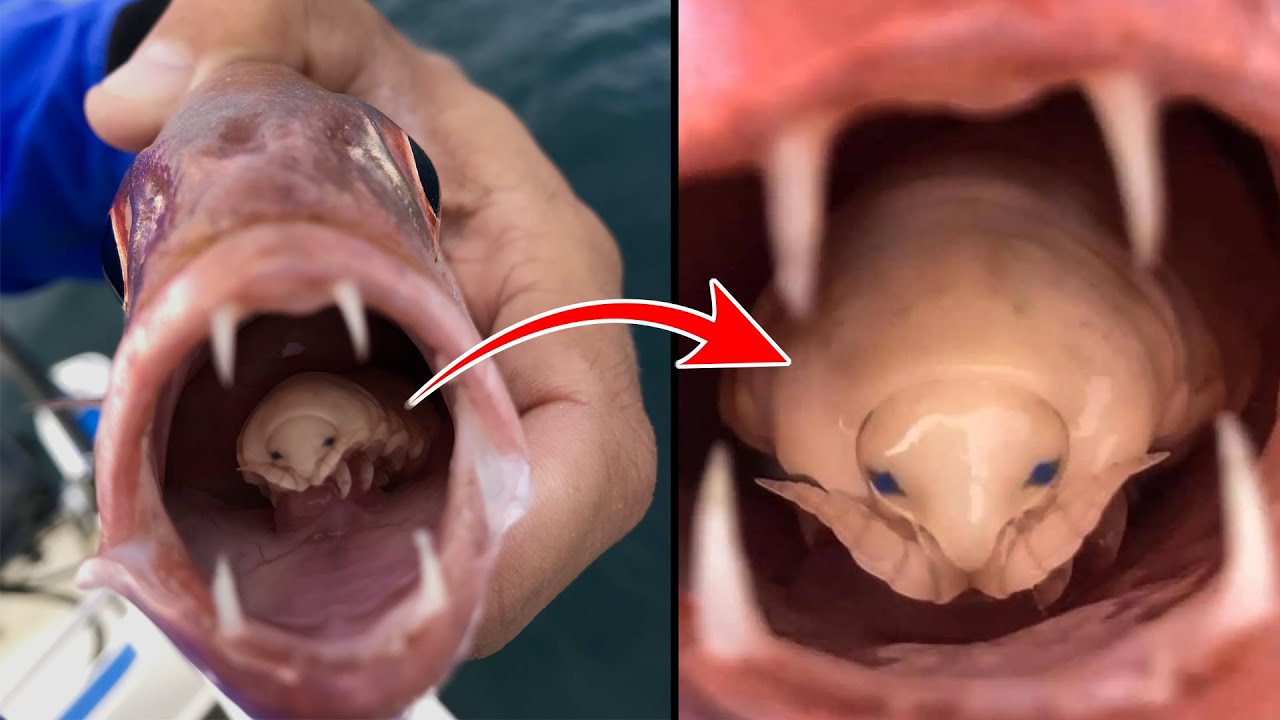A diver off the coast of Papua New Guinea recorded a huge jellyfish swimming alongside them, and posted the video to their Facebook page. They said the jellyfish was around soccer ball size, and swam “quite fast.”

Four groups of striped tentacles trail behind the jellyfish’s translucent body, which is spotted with rings of varying size. Inside the bell is a bright red organ that is most likely the animal’s gastrovascular cavity.
This jellyfish is so rare that it only has two recorded sightings, ever. And this video is one of them.
It’s called Chirodectes maculatus (from the Latin for “spotted”), and it’s an extremely uncommon species of box jelly found off the coast of Queensland, Australia. Box jellies, distinguished for their boxy shape, are often venomous to humans—some are even potentially fatal. But C. maculatus isn’t known to be.
![]()
“It is not possible to make out all of the characters of the species Chirodectes maculatus from the video (some are internal), but it certainly fits very well based on what one can observe,” said Dr. Allen Collins, a zoologist and curator for the Smithsonian Institute National Museum of Natural History, in an email to Motherboard.

C. maculatus was first described in 2005, by a team of Australian scientists led by Paul Cornelius. They had caught the specimen in 1997 and preserved it. In the paper, they write that they were “reluctant” to dissect it, so they made only external observations. The scientists initially described the species as Chiropsalmus. A year later, another scientist, Lisa-Ann Gershwin, published comments on the organism’s classification, and officially moved it to the genus Chirodectes, where it was accepted.  A drawing from the paper first describing C. maculatus. Image Credit: Cornelius, P.F.S., Fenner, P.J., & Hore, R. 2005 / Memoirs of the Queensland Museum.
A drawing from the paper first describing C. maculatus. Image Credit: Cornelius, P.F.S., Fenner, P.J., & Hore, R. 2005 / Memoirs of the Queensland Museum.
Collins noted that the color pattern on the bell of the organism in the video was different from that described by the original scientists. The jellyfish from 2005 had solid spots, while the one in the video had rings. “I suppose there is always a chance that this specimen is from a closely related but as yet undescribed species of Chirodectes, but I would lean toward it being C. maculatus,” he said.

Collins said the video was striking because it was only the second sighting of the jellyfish, despite its size. “That something so large and conspicuous in appearance would only be seen twice is pretty surprising,” he said. “But that said, a lot of diversity is rare. It tells me that we still have a lot of exploration to undertake.”





